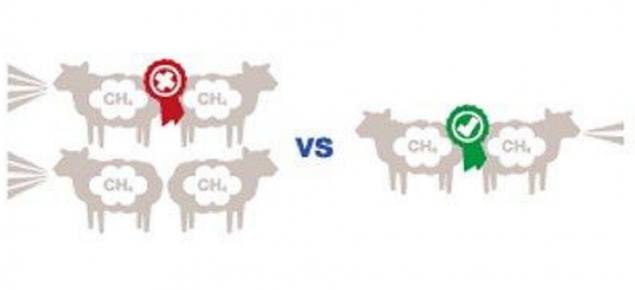See the fact sheet for more information.
Summary
Carbon benefits for reducing the stocking rate of sheep would most likely not be classed as additional, if it is a legal requirement to mitigate degradation.
Co-benefit for reducing the stocking rate to reduce methane emissions is the recovery of degraded paddocks through reduced grazing pressure.
Opportunities for reducing the stocking rate to reduce CO2 emissions are relevant to all sheep enterprises in Western Australia. The opportunity, however, will only be for farms needing to recover degraded paddocks through reducing the stock density. For mixed farming enterprises in some regions, the drop in profit (caused by reducing sheep numbers) could be less or eliminated if the land previously used for grazing sheep was to be used for cropping or other more profitable enterprises not involving livestock.
Risk of reducing the stocking rate is that it lowers profitability more than the current value of the saved carbon emissions.

